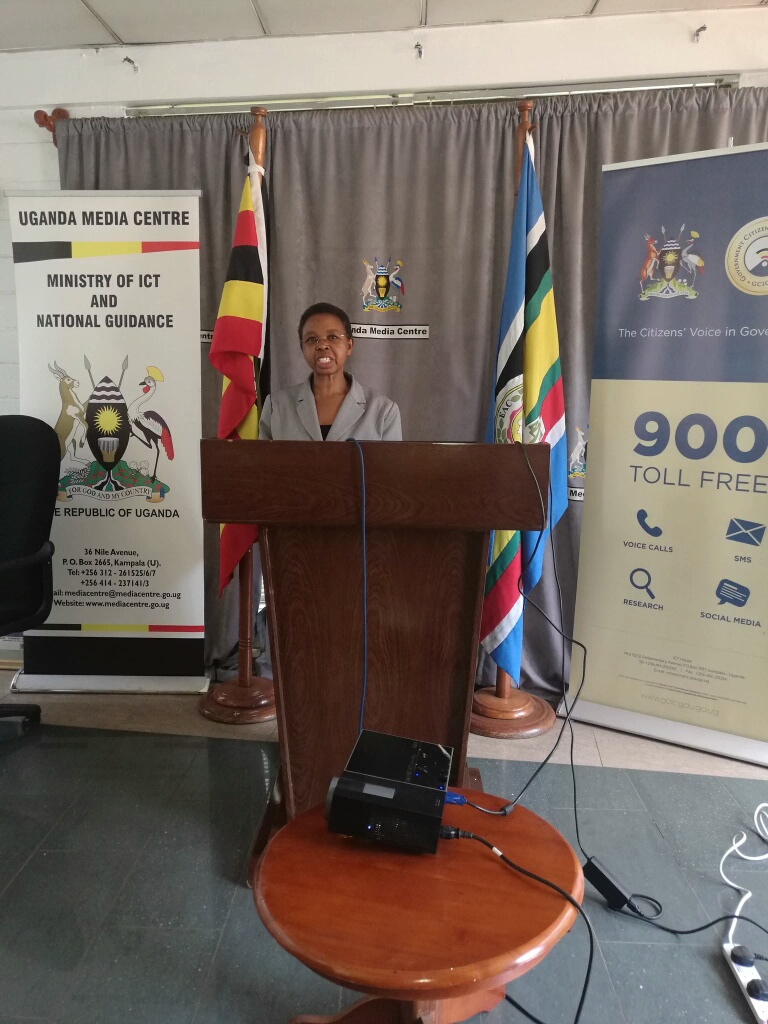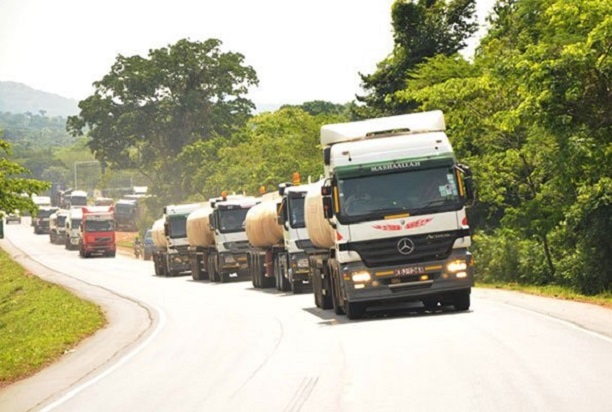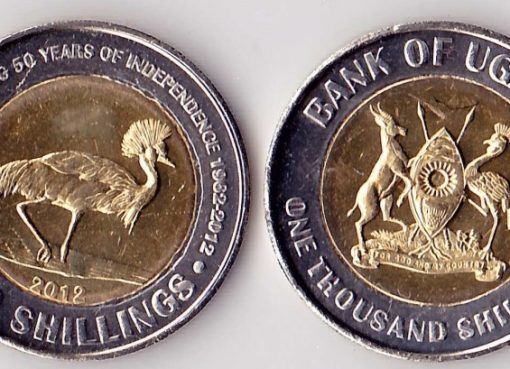Rev Fr Joseph Mukasa Muwonge, promoter of devotion for Uganda Martyrs.
The story of the Uganda Martyrs is often about men. The church has already canonized 22 young Catholic converts who were martyred in Namugongo and other places between 1885 and 1887. Although the Catholic church had 22 martyrs, the Anglican church had 23, all men, either slaughtered or burnt alive on the orders of Kabaka Basamulaekere Mwanga II.
The Muslims were on the other hand killed by Kabaka Muteesa I. However, three brave women namely Claira “Kalaala” Nalumansi, Kabaka Mwanga’s biological elder sister, a one Musubika, and Cecilia Nalusiba are recorded in the Catholic church annals as having given up their lives for their faith. Uganda Radio Network has learned that the local church has begun the process of canonizing the trio at some point in the future.
The promoter of the Martyrs’ devotion, Rev. Fr Joseph Mukasa Muwonge, claims that only Nalumansi was executed at the same time as the canonized martyrs, while the other two were killed much later in the early 1900s. Rev. Fr. Muwonge adds that although Kabaka Mwanga II loathed converts with venom, he had issued an express order that no woman should be killed.
Quoting several books written on Uganda martyrs and accounts from documents authored by white fathers, Muwonge notes that the Kabaka thought that women would give up on their faith in the new religion if they saw men suffering or being killed.
Otherwise, many women, including Mary Mechtilde Munaku, the sister of St. Noa Mawaggali, Valeria Mmeeme, the mother of both Noa Mawaggali and Mechtilde Munaku, and Maria Kikuva, the widow of Mathias Malumba, were ready to be killed. Although the women were not killed, Muwonge claims that they were tortured and subjected to a great deal of abuse as a result of their faith.
Though Mwanga’s request was that no female converts should be killed, his elder sister, who is said to have been Muteesa I’s most beloved child, was not spared. According to reports, Nalumansi converted to Islam first, then changed her mind in 1886 and joined the Roman Catholic Church. It is alleged that during her conversion, Nalumansi burnt certain family fetishes, which irritated Mwanga, who dispatched a group of men to bring her before him in his Palace.
The men found Nalumansi in Kazo, Bwaise, but she resisted being dragged before her brother by drawing a gun and firing a bullet into the air. “One of the men shot at her in a panic,” according to one of the narratives. The princess was buried nearby, and a church and a school—Emmanuel College Kazo—have been constructed near her burial grounds.
Nalumansi’s sculptor was included in the Uganda martyr’s museum at the Anglican site. In 1906, a one Musubika of Minyinya, Narozaali parish in Masaka Diocese, is claimed to have been butchered by her husband Mwasanje following because of her belief in the “Christian God.”
Fr Muwonge narrates that the Mwasanje dragged Musubika to the shores of Lake Victoria and killed her. Mwasanje would later be arrested by the colonial government, tried, convicted, and sentenced to death by hanging.
Cecilia Nalusiba of Bisanje Parish, Masaka Diocese, is the third female ‘martyr’ nominated for sainthood. According to available information obtained from a book titled “Obulamu Bwabajulizi, the first volume written by Fr Timothy Mary Ssemogerere, Nalusiba was killed by a male who sought to entice her to intercourse. She is however said to have refused, claiming that it was against her faith, and she was slain as a result.
The church, according to Rev Fr Muwonge, has already gathered and documented all of the essential information on the three women’s causes for beatification and eventual canonization. He claims, however, that the trio has not progressed any further in the canonization process, and that authorities in Rome are yet to respond to each of these women’s cases.
In the Catholic church, martyrdom for Christ’s sake is a cause of its own merit for one to be named Saint. However, to be canonized, there is a requirement for miracles where a person has sincerely sought the candidate’s intercession. The miracles are evaluated by independent experts and a panel of theologians and Cardinals of the Congregation of Causes of Saints.
In the case of Uganda martyrs, there are two miracles that made it possible including nuns who healed from Bubonic plague (kawumpuli) which at the time had no known cure. The other is the case of Revocato Kalema, who was born with curved legs but got healed through the intercession of the martyrs.
The Cause of Beatification of Uganda martyrs was opened in 1906 but a diocesan tribunal had been set up in 1887, six months after their death, to gather information about the circumstances surrounding the case. In 1920, the congregation for the causes of the Saints in Rome voted in favor of the Martyrs’ beatification, and three weeks later, Pope Benedict XV granted it. But it was not until 1964 that the 22 Catholic martyrs were canonized, 78 years after their martyrdom.
Currently, the Catholic Church in Uganda is also advocating for the beautification and canonization of Monsignor Aloysius Ngobya, and Sister Amedeo Byabali of Bwanda Convent. The two have been elevated to servants of God. A separate process has been set into motion to fast-track the canonization of Fr. Siméon Lourdel (Mapeera), the first catholic priest to preach the gospel on Ugandan soil.
-URN





